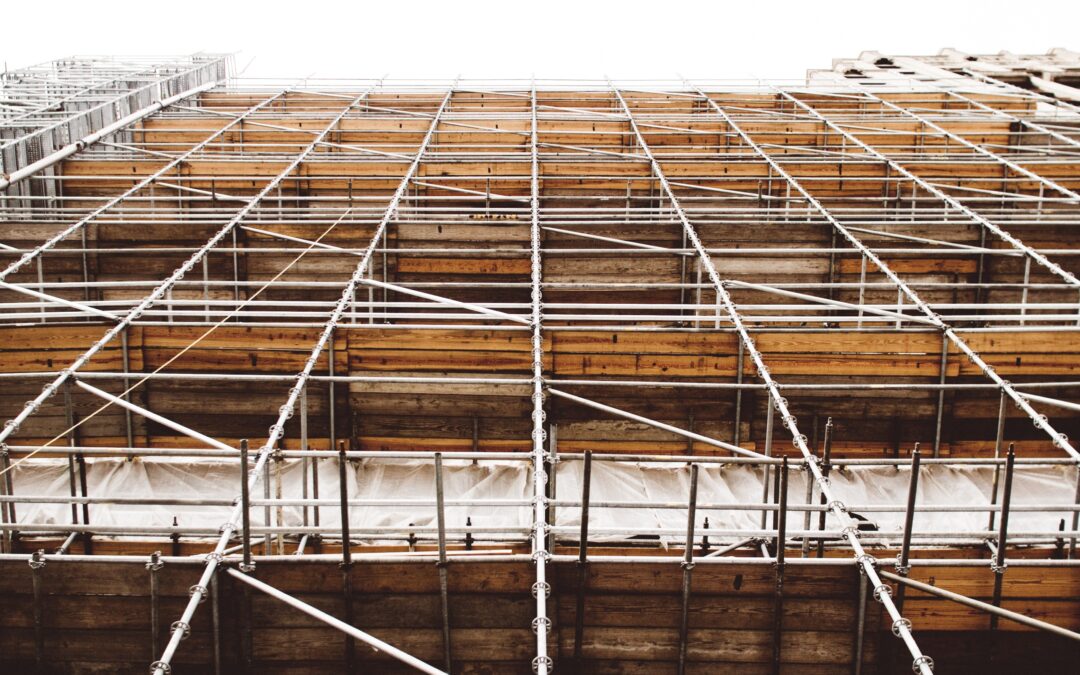Work-At-Height is an inherently dangerous activity due to its nature, with more than one-third of workplace fatalities related to fall from height incidents. Nonetheless, accidents can be prevented if steps are taken to ensure the safety of personnel on-site.
#1 Fall Prevention Plan
According to the WSH Council Singapore, a fall prevention plan (FPP) is a site-specific plan to eliminate or reduce the risk of falls. A comprehensive FPP includes Policy for Fall Protection, Responsibilities, Risk Assessment and Control Measures and more. FPP must be developed by a competent person and should be reviewed at regular intervals to ensure that it is relevant and updated.
#2 Workers Education
Workers are exposed to many elements of danger in construction works, with one of the major dangers being work-at-height. In Singapore, the Building and Construction Authority (BCA) requires all workers to undergo Construction Safety Orientation Course (CSOC). Through CSOC, workers will learn the procedures required in their work and training, including the “Work-at-Height” practices. This ensures that the workers attain any other key knowledge to work safely on site.
#3 Frequent danger identification
The construction site is a dynamic environment with the terrain changing as work progress. With these characteristics, hazards would likely come from anywhere. For example, due to a different stage of concreting works, the number location of risks of trips might increase or decrease. There needs to be frequent danger identification so that these dangers can be identified and warnings can be put up.
#4 Usage of Personal Protective Equipment
The usage of Personal Protective Equipment (PPE) such as helmets, vests and safety boots must be mandatory on construction sites. Workers should be reminded to wear PPE when being on-site, this can be done by putting up signs at the entry of danger zones (i.e entering work-at-height zones).
#5 Use of video analytics
Video analytics systems are capable of providing real-time actionable insights and automated alerts to safety officers whenever an unsafe scenario is detected (i.e Missing Barricades). This increases the reach of safety officers, by allowing them to be aware of breaches on the ground at multiple locations, at any time and anywhere. The safety team can then rectify the safety hazards and educate the workers. Additionally, the constant reminder of being watched will inculcate and ensure that safety policies are being followed and ultimately improve the safety culture at the site.
Example of Safety use-cases using video analytics:
1) Congregation Of Workers
2) Vest Color Based Zoning
3) Hard Hat Detection
4) Safety Vest Detection
5) Workers Under Lifted Loads
6) Missing Barricades
7) Radius Around Heavy Machinery And Vehicles
8) Open Edge Detection


